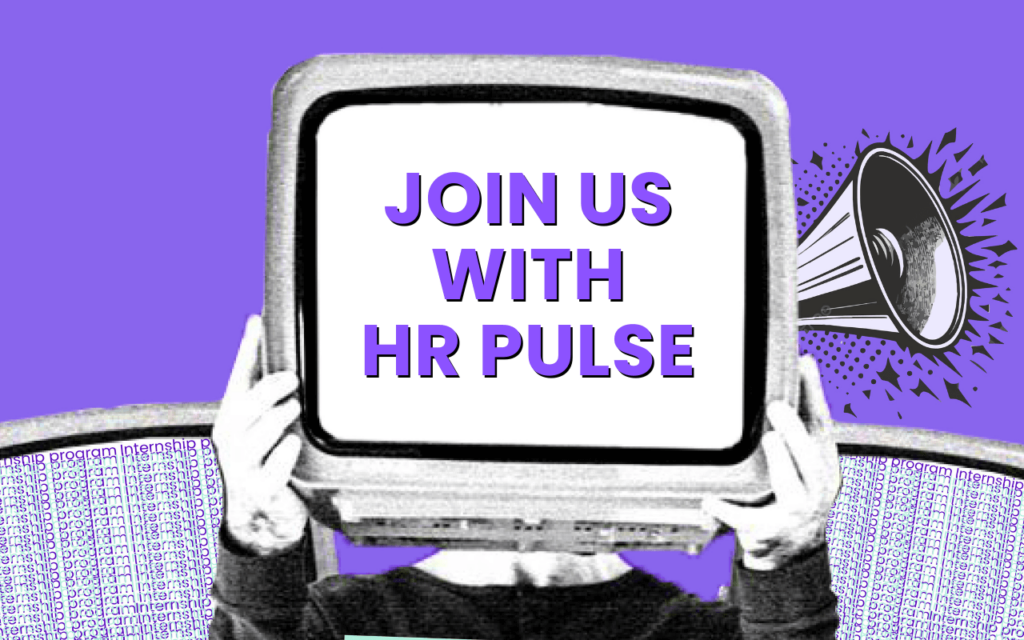Open enrollment is a designated annual period during which employees can enroll in or make changes to their employer-sponsored benefit plans, such as health insurance, dental, vision, and life insurance.
This is typically the only time of year, outside of a qualifying life event, that employees can alter their benefit elections. The open enrollment period is a crucial time for employees to review their coverage needs and for HR to communicate the available options.
Why Open Enrollment is Important
Open enrollment is a key event for both employees and the company. For employees, it's an opportunity to:
- Review Current Coverage: Assess whether their existing plans still meet their needs. This is especially important if there have been changes in their personal or family life.
- Elect New Plans: Enroll in benefits for the first time or switch to a different plan that better suits their current situation.
- Update Dependents: Add or remove family members (e.g., a new spouse or child) from their coverage.
- Explore New Offerings: Learn about any new benefits or wellness programs the company may be offering for the upcoming year.
For the HR department, open enrollment is a major administrative task that involves communicating plan changes, answering employee questions, and ensuring all enrollments are processed correctly and on time.
When Does Open Enrollment Happen?
Open enrollment periods are set by the employer, but they typically occur once a year and last for a few weeks. The timing is often based on the company's plan year.
For example, if a company's benefits are effective from January 1 to December 31, the open enrollment period might take place in the fall, such as in October or November, to allow enough time for processing and for the new plans to take effect at the start of the new year.
The Role of HR in Open Enrollment
The HR department is responsible for managing the open enrollment process from start to finish. This involves:
- Communication: Providing clear and timely information to all employees about the upcoming enrollment period. This includes details on plan options, costs, and any changes from the previous year.
- Education: Offering resources, such as information sessions, webinars, and benefit guides, to help employees understand their choices and make informed decisions.
- Administration: Ensuring the enrollment platform is functional, collecting all necessary forms and information, and coordinating with benefit providers to finalize the enrollments.
What is a Qualifying Life Event?
A qualifying life event is a significant change in an employee's life that allows them to make changes to their benefits outside of the regular open enrollment period. These events typically include:
- Marriage or divorce
- Birth or adoption of a child
- Loss of other health coverage
- A change in employment status for the employee or their spouse
When a qualifying life event occurs, the employee has a limited timeframe (usually 30 to 60 days) to make changes to their benefit elections.
In conclusion, open enrollment is a critical annual process that gives employees the chance to review and adjust their benefit coverage. It's an essential function managed by HR to ensure employees have access to the right health and wellness plans, promoting their well-being and supporting the company's overall compensation strategy.







